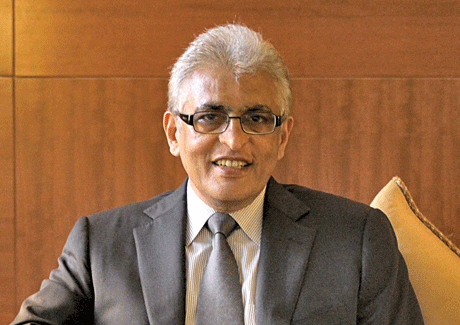Jacob Mathew: “Newspapers are not a sunset industry in India”
The complete interview with Jacob Mathew, executive director and publisher at Malayala Manorama and president of Wan-Ifra, the first Indian to hold this position. He talks to Ramu Ramanathan about his new role, the Indian newspaper climate, and the future of the industry.
by Ramu Ramanathan

To continue enjoying this content, please sign in below. You can register for free for limited further access or subscribe now for full access to all out content.
Sign In
Trouble signing in?
Register for free
✓ Access limited free articles each month
✓ Email bulletins – top industry news and insights delivered straight to your inbox
Subscribe
✓ All the latest local and global industry news
✓ The most inspirational and innovative campaigns
✓ Interviews and opinion from leading industry figures
